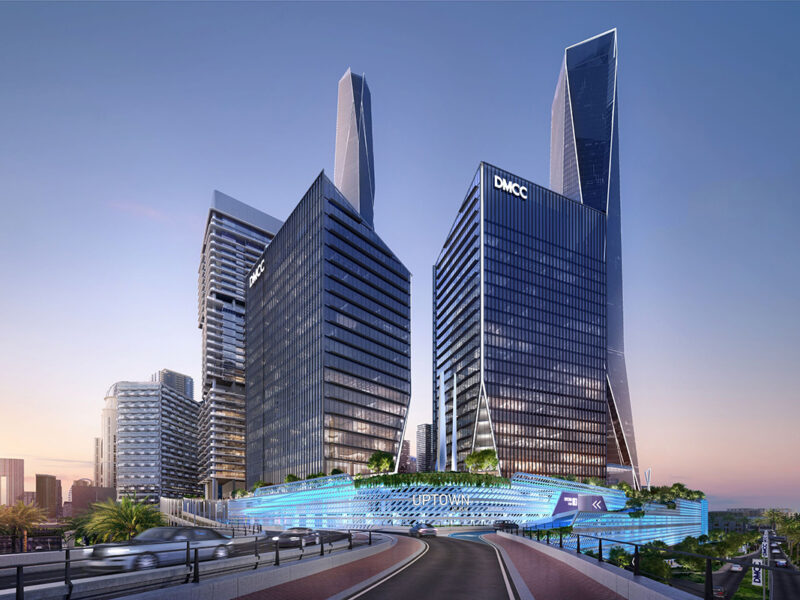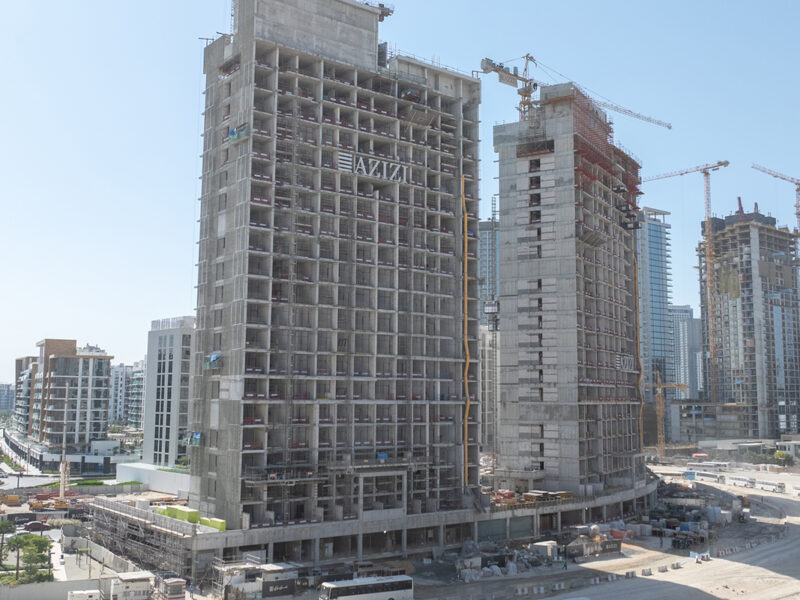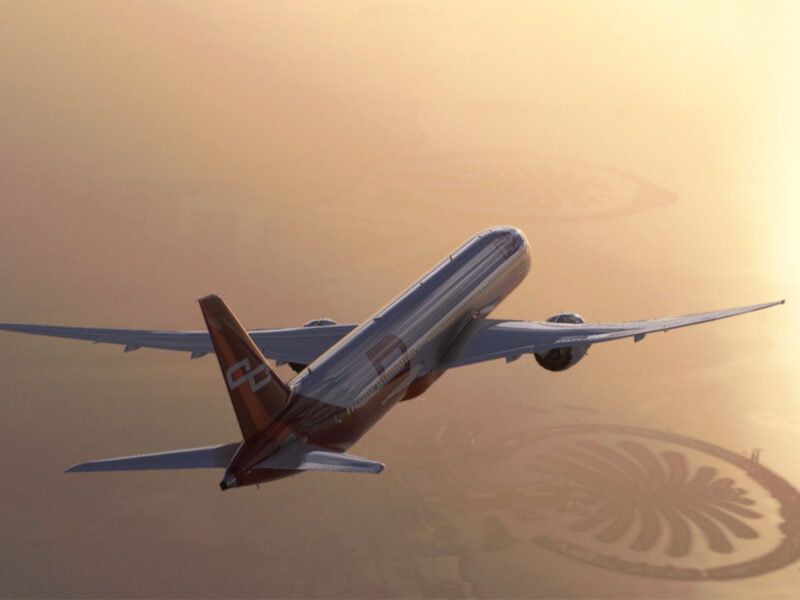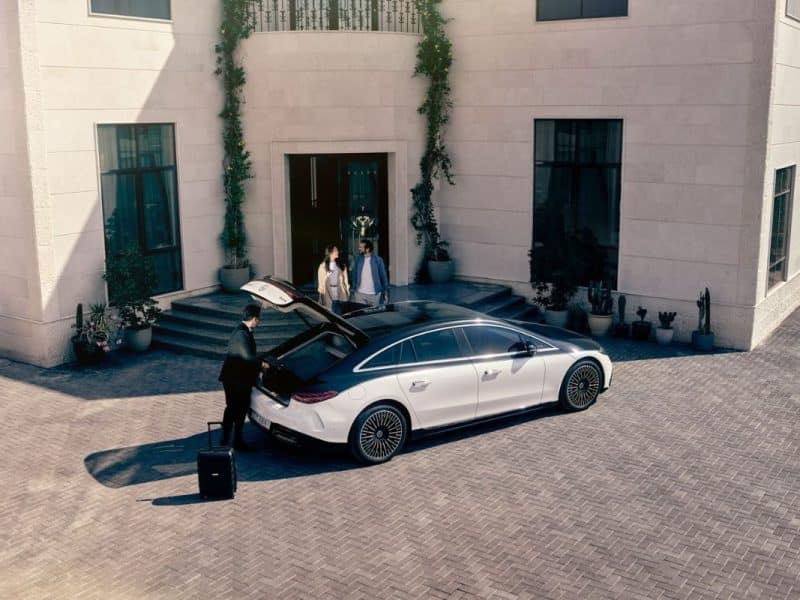The Swarovski brand name is synonymous with the luxury goods market. Say the word ‘crystal’ and the sultry swan symbol is immediately conjured up. The company enjoys a presence in over 120 countries worldwide and its annual sales are in excess of US$2.2billion. In the fashion sector it collaborates with fashion houses such as Yves Saint Laurent, Versace, Armani, Alexander McQueen, Gucci and Prada and its influence has more recently extended to the interiors market too. CID meets with the managing director of Swarovski Middle East, Werner Baumgartner, to discover how the crystal company is putting the sparkle back into the region’s design projects.
The story begins in 1895 in Austria, three years after Daniel Swarovski invented a machine that cut crystal pieces with a precision never before achieved by jewellery makers. For the next sixty years Swarovski produced nothing but small stones for the jewellery sector, but the major change came in the 1960’s as Baumgartner explains: “Swarovski began to develop machinery to produce bigger crystals, which gave us more flexibility in the type of products we could create. The STRASS line, predominantly used in chandeliers, was created soon after this, which prompted our foray into the interiors industry.”
Swarovski has just been involved in making the biggest chandelier in the world in collaboration with Faustig for the Sultan Qaboos Mosque in Muscat, Oman, and it is also working with Faustig to create a 17m high chandelier for the new super mosque in Abu Dhabi. “We’ve been working on this particular design with Faustig and the Public Works Department in Abu Dhabi for the last 13-14 years, so it’s great to see it nearing completion. It is a floral design, something completely new with special crystals and colours glued onto glass plates,” he adds.
The chandelier market has been a major interest for Swarovski; in 2002, Nadja Swarovski-Adams approached key designers and public figures to invent their own contemporary interpretations for the classic statement lighting in a project named ‘Crystal Palace.’ Designers Ron Arad and Tord Boontje were among the roll-call of prestigious designers that submitted designs for this initiative. Swarovski has also been selling spotlights and downlighters for the last ten years. Baumgartner says: “It started with the production of decorative panels to go with spotlights and then we took the strategic decision to sell the spots too and produce our own lighting line.”
Another facet to Swarovski’s interiors portfolio evolved from its presence on the world’s catwalks. In 1975 a technology called ‘Hot-fix’ was created, whereby crystals can be ironed onto fabric. Baumgartner says: “This easy application of crystals onto a multitude of different fabrics led to an influx of fashion designers using it in their designs, which then naturally led onto it being used in upholstery, curtains and decorative panels in interior schemes.” The Hot-fix advance has acted as a catalyst in catapulting Swarovski into the interiors market, an arena the company is dedicated to conquering.
“We identified the interiors field as one area where we’re currently not represented too well. We realised we should focus on this and we wanted to explore the ways crystals could be used in a room. There is nothing in a room that cannot be crystallised. Of course, when dealing with the commercial interiors market, there are certain challenges, such as ensuring all upholstery and curtains are fireproof and reach strict safety standards, which can present some difficulties in how we apply the crystals to certain materials, but it’s a growing facet to the company.” Baumgartner says.
In fact, he is proud to assert that the Middle East region has been at the forefront driving the project business when compared to its other global offices: “People in Europe are happier to work with the same products, but in the Middle East they want something new.” He adds: “I am very proud that Swarovski changed the face of abaya design. We incorporated crystals and colours into the traditional design and it has become a fashion statement with the new generation of Muslim ladies. This region is very susceptible to exciting cutting-edge design, both in fashion and in interiors.”
Swarovski has recently been involved in some high-profile interior projects including providing crystal panels for the latest restaurant in the Burj Al Arab; an exterior crystal canopy roof for the Reina nightclub in Turkey and is currently collaborating with Dubai developer Trident on its planned Pentominium Tower in Dubai, which aims to be the world’s tallest residential tower.
“Our aim is to establish relationships with interior designers and architects to present our products and develop solutions. We are currently building up a network of international partners to develop products with us. By us approaching them means that we can ensure a high level of quality control.” He points to the exhibitor list of this year’s Index exhibition as it contains numerous examples of Swarovski’s collaboration with some of the region’s and the world’s foremost manufacturers.
“At this year’s Index we will showcase not only our latest lighting products such as the Crystal StarLED Deluxe, but also products from companies with whom we cooperate closely. In the textile arena, ten companies from Italy, France, Norway, Austria and Japan all are presenting our products, mainly the Hot-fix solutions where tiny crystals are put into a silicon layer and either sewn or ironed into place, this includes firms such as Nya Nordiska and Knoll Textiles. For flooring, larger crystals are glued onto glass tiles and our LED floor spots are embedded into a variety of flooring solutions. The Austrian firm Diametral are amongst those showcasing our products.”
“The field of wallcoverings is a key one for us, two main players in this industry, Maya Romanoff and Vescom are going to present designs that include our products. Maya Romanoff has created a big ‘eye’ made of real crystals while Vescom was the first to produce wallpaper with crystals, in both Hot fix and crystal fabric,” he adds.
In the furniture market, Shatex is presenting crystal covered beanbags, chaise longue, dining chairs and ottomans, Alubat Middle East is showcasing crystals on glass panels for windows and doors, while Alanod apply crystals to aluminium sheets for decorative purposes. Lighting remains one of Swarovski’s key interests and Alpha Crystal will be displaying two chandeliers with Swarovski crystals, one of them, the Beby Export from Italy includes the much celebrated colour launch of ‘Golden Teak’.
Even bathrooms can’t escape the crystal touch as companies like Jacquar Middle East present bathroom fixtures with STRASS® Swarovski® Crystal. Swarovski has also collaborated with Kludi in a strategic alliance where the two heavyweights create a complete concept for the ideal bathroom solution.
“Another area where we’re moving into is the integration of crystals into hotel keys. We have partnered up with Gantner Electronic to create a Radio Frequency Identification tag embedded into a crystal key fob, which can be used by hotels as the guest’s key and swipe card, the guest can even use it as a tab for their stay, and then upon checkout, it is then presented to them as a souvenir of their stay. I am really excited by the idea, I think it’s great and the prototypes will be ready soon,” he says.
“Our targets for the future are to create interest, cultivate new business opportunities and to ensure that when people think about using crystals in their projects, they think of Swarovski first.” He pauses and smiles, “When people ask me what I do, I say: ‘I embellish women and beautify rooms’.”









